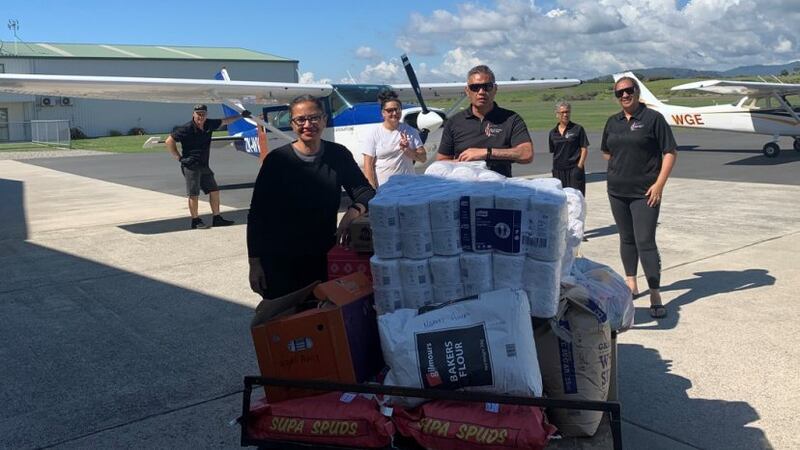Ngāti Awa have faced two recent disasters, the floods which hit the region almost three years ago and the Whakaari volcanic eruption a few months back, and now they face a deadly virus.
Remembering Edgecumbe floods on 7 April 2017 - the day Cyclone Debbie struck the Eastern Bay of Plenty, forcing locals in their thousands to flee from their homes. Huge rainfalls forced the Rangitaiki Awa to burst the town’s stop bank leaving all in its path underwater, homes destroyed and extensively damaged. However, the resilience from the haukainga, its community and local iwi helped reinstate the mana proudly known in the Whakatāne district.
This article reports on steps being coordinated within the rohe o Mataatua – namely, te iwi o Ngāti Awa and its boundaries - as the impact of COVID-19 is felt here, with more than a million cases worldwide.
Ngāti Awa te toki te tangatanga i te rā, te ngohengohe i te wai!
Ngāti Awa Social and Health Service (NASH), Te Tohu i te Ora o Ngāti Awa, CEO Enid Rātahi-Pryor expressed to Te Ao Māori News, her Social and Health Services – NASH, along with Te Rūnanga o Ngāti Awa management and staff, including other local services have had recent and current experience, planning and implementing systems to provide services to support, aid and assist their people and community in a time of tragedy, crisis and need.
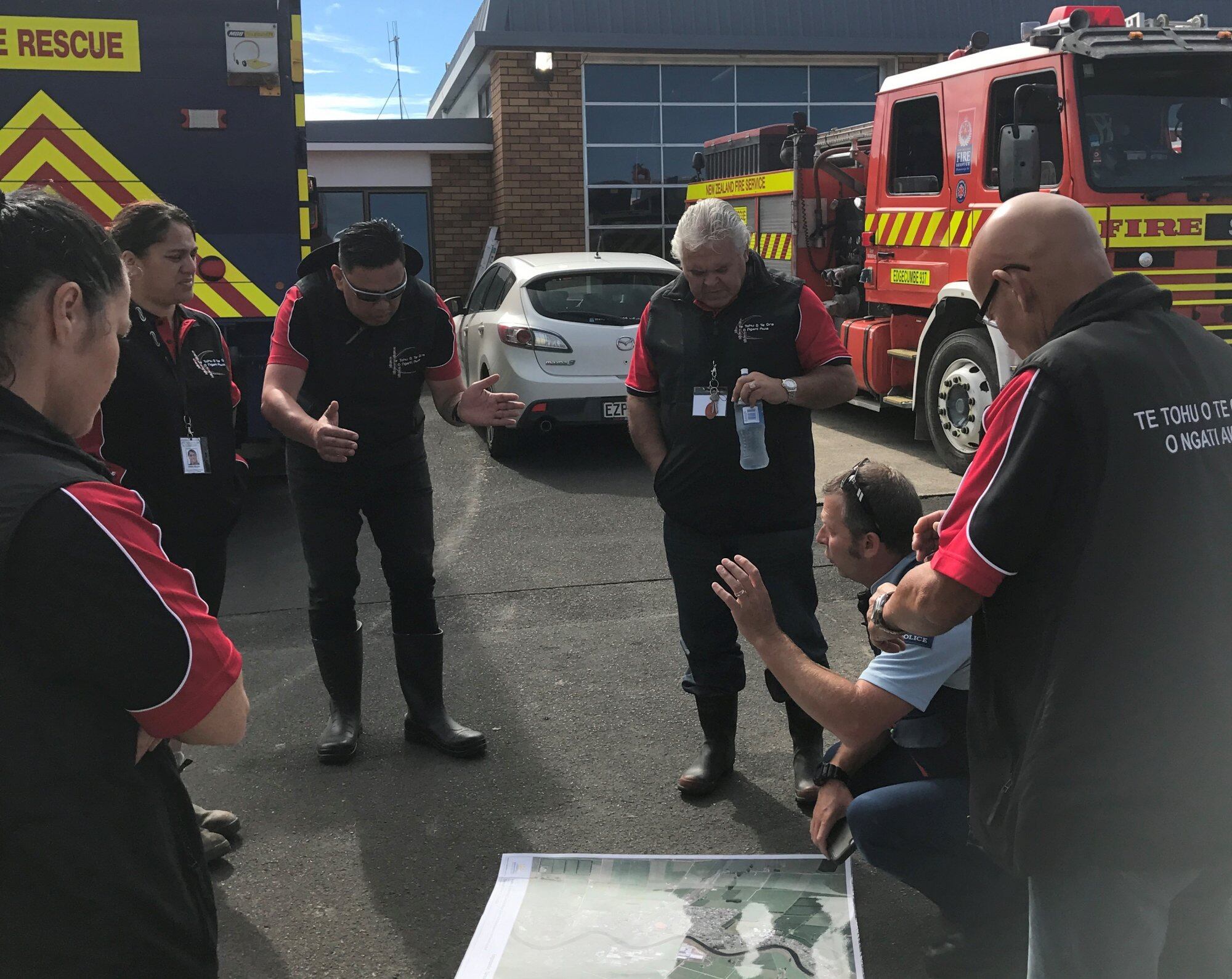
Ngati Awa health providers during Edgecumbe floods. Source / Enid Ratahi-Pryor.
In 2017 Rātahi-Pryor played an active role on behalf of her organisation and her iwi in co-ordinating support and providing aid to families and communities affected by the Edgecumbe floods.
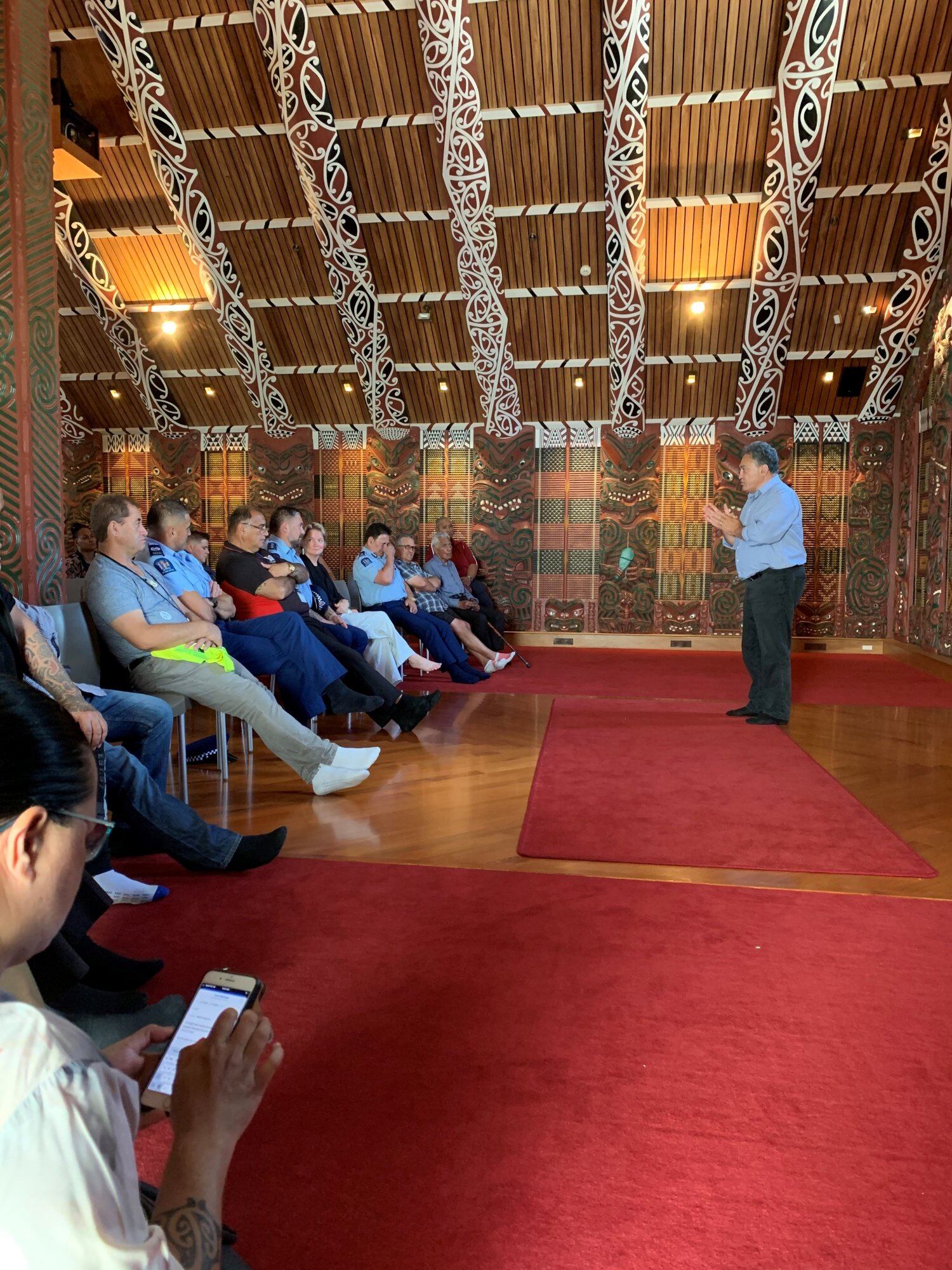
Ngati Awa, local police and whanau pani during Whakaari tragedy. Source / Enid Ratahi-Pryor
In December last year, Whakatāne, Ngāti Awa iwi / Rūnanga and respective services in the social and health arena were once again thrown into emergency action and crisis with the eruption of Whakaari White Island, which witnessed many fatalities of local workers and overseas tourists.
This led to daily karakia, which was an integral part of their emergency operations centre throughout the event, showing leadership on the ground for not only the iwi but nationally and internationally.
Rātahi-Pryor explained the response and cultural guardianship by Ngāti Awa and Mataatua iwi during this time, including the services and provision of resources from the local Councils and organisations.
Through all of this, Ngāti Awa people and iwi services have been thrust into the front line of emergency planning, sourcing and implementation of resources to these tragedies.
Now, facing the pandemic of COVID-19, last month Prime Minister Jacinda Adern announced to the country that New Zealand will enter into Level 4 Alert. All communities within Aotearoa lockdown for a period of four weeks.
Rātahi-Pryor explains that in her community and on behalf of their service, Ngāti Awa Te Tohu i te Ora, “We have started to roll out the Ngāti Awa Awhi strategy, which includes packages of support.’’
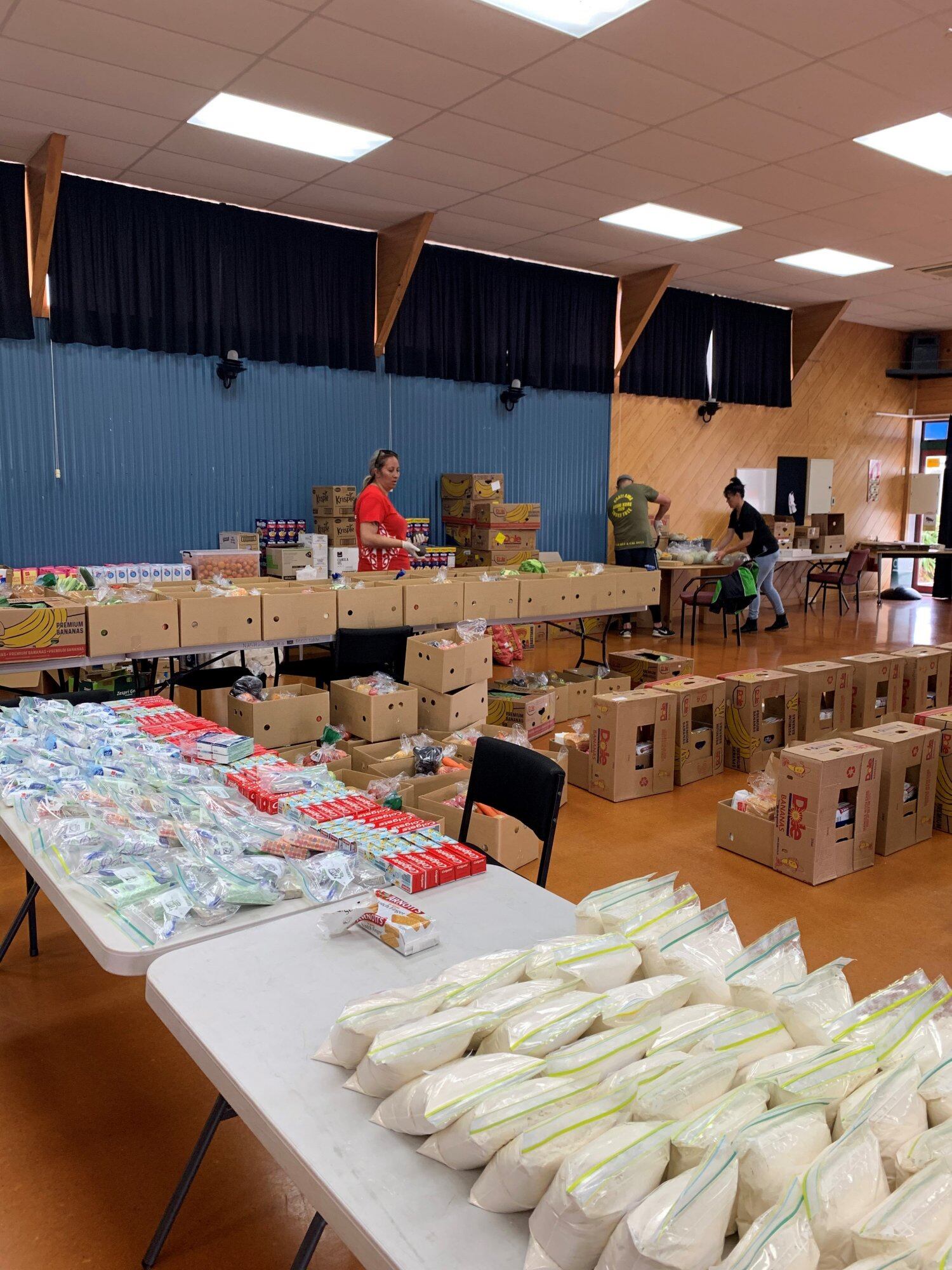
Te Tohu o Te Ora o Ngati Awa provide supplies for whanau. Source / Enid Ratahi-Pryor
Hundreds of food and home essentials were packaged and delivered to high-risk whānau and kaumatua within the Eastern Bay of Plenty community of Ngāti Awa hapū, including Mōtītī island near Tauranga, as Ngāti Awa whānau of Te Patuwai hapū reside there.
Rātahi-Pryor further explained, “The age bracket for kaumātua to receive the packages are 65 years and over, clients of the organisation with chronic conditions, those most vulnerable whānau made further at risk by COVID-19”.
She continues to say, “The iwi database identifies 250 kaumātua who have received these packages of support. However, there are a further 300 people who we are unable to make contact with.”
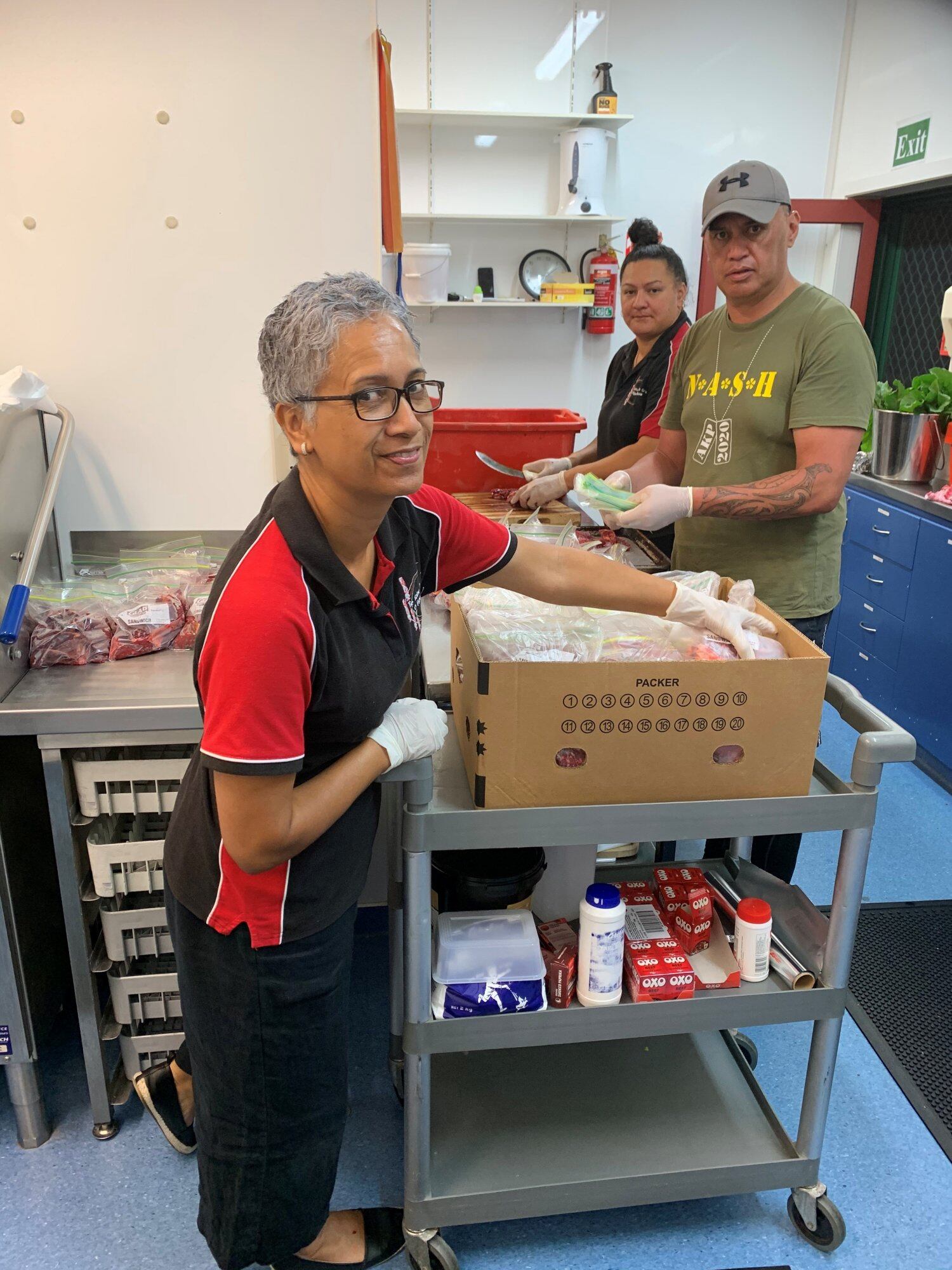
Te Tohu o Te Ora o Ngati Awa workers. Source / Enid Ratahi-Pryor
“The most vulnerable tamariki and their whānau, chronically ill individuals and high-risk whānau are supported by our Ngāti Awa Awhi arm of our service,” Rātahi-Pryor says.
In light of previous experience with the aforementioned tragedies, Ngāti Awa tangata and its respective services, organisations have grown their strength and resilience to face the challenges with appropriate response to the current Coronavirus COVID-19 – mate urutā – pandemic disease, that is threatening to invade their territory, boundaries and ultimately their existence of their whānau, hapū, iwi.
Hāngai ana ki te whakatauki i runga, “Ngāti te toki, te tangatanga i te rā, te ngohengohe i te wai”.

